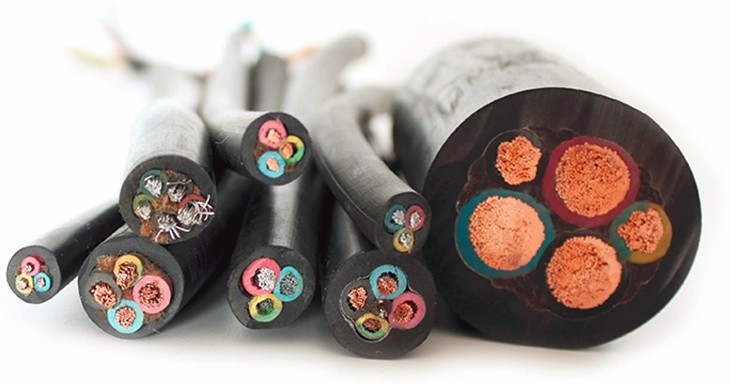Both DC and AC cables are used to transmit electrical power, but they differ in the type of current they carry and the specific applications they are designed for. In this response, we’ll explore the differences between DC and AC cables, covering aspects such as current type, electrical characteristics, applications, and safety considerations.

Direct current (DC) is an electric current that flows in only one direction. This means that the voltage and current remain constant over time. Alternating current (AC), on the other hand, is an electrical current that changes direction periodically, usually in a sinusoidal waveform. AC current alternates between positive and negative polarity, causing voltage and current waveforms to change over time.
The main difference between DC and AC cables is the type of current they are designed to carry. DC cables are specifically designed to carry direct current, while AC cables are specifically designed to carry alternating current. Differences in current types can have an impact on the design, construction and performance of these cables.
One of the main differences between DC and AC cables is the insulation and conductor materials used. DC cables typically require thicker insulation to withstand constant voltage levels and waveform changes. They also require low-resistance conductors to minimize power loss. AC cables,
on the other hand, can use thinner insulation due to the periodic nature of the current flow. They may also have different conductor materials to account for skin effect and other AC-specific phenomena. AC cables are typically characterized by higher voltage ratings compared to DC cables. This is because the peak voltages in AC systems are higher than the average voltage, and the cables must be able to withstand these peak voltage levels. In a DC system, the voltage remains relatively constant, so the cable design does not need to accommodate high peak voltage levels.
The choice of DC and AC cables depends largely on the application. DC cables are commonly used in low-voltage applications such as automotive systems, battery packs, and solar systems. They are also commonly found in electronic, telecommunications, and computer systems that require DC power. AC cables, on the other hand, are used in high-voltage applications such as power transmission and distribution, industrial machinery, residential and commercial wiring, and most household appliances.
In terms of safety considerations, AC cables present additional hazards compared to DC cables. Due to the alternating nature of electrical current, AC cables may cause electric shock at certain frequencies or under certain conditions. This means extra precautions and safety measures need to be taken when working with AC cables, including proper grounding and insulation techniques. In contrast, DC cables do not have the same frequency-related hazards, so they are generally considered safer for some applications.
In summary, the main difference between DC cables and AC cables is the type of current they are designed to carry. DC cables are used to transmit direct current, while AC cables are used to transmit alternating current. Differences in current type can affect the design, construction and performance of these cables, including insulation and conductor materials, voltage ratings, applications and safety considerations. Understanding these differences is critical to selecting the appropriate cable for a specific electrical system or application.
Email: sales@zhongweicables.com
Mobile/Whatspp/Wechat: +86 17758694970
Post time: 2023-11-01






